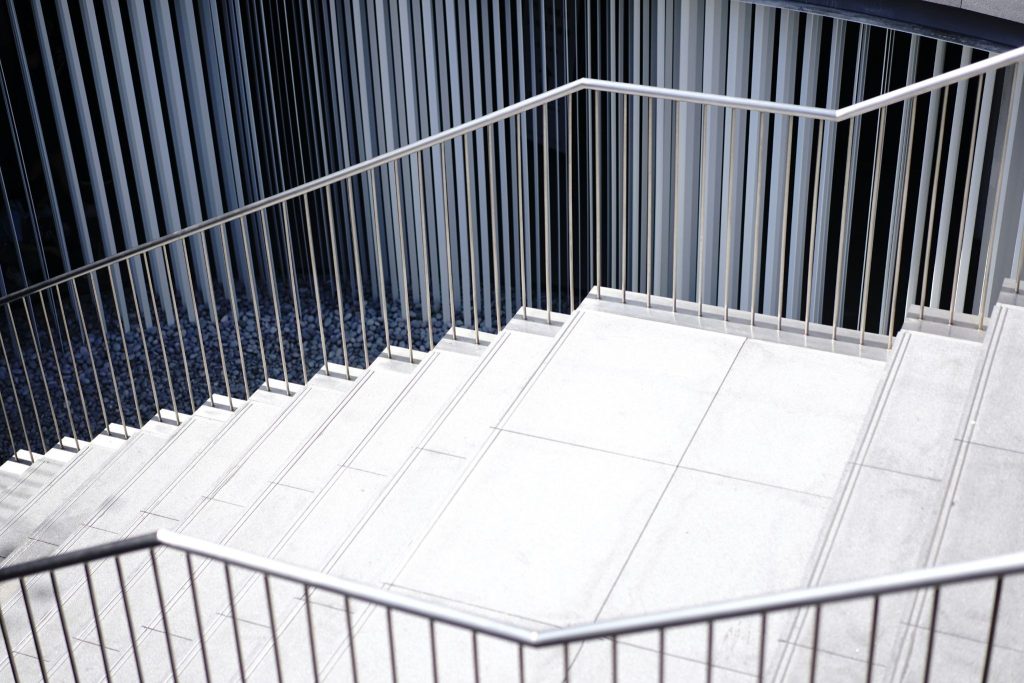
Keeping toddlers safe around stairs is one of the highest-priority babyproofing tasks. Not all baby gates are created equal: gates used at the top of stairs must be hardware-mounted and installed into solid anchoring points to prevent falls.
This guide explains what to look for, compares the best top-of-stairs gates, and answers the common questions parents ask. I’ve focused on hardware-mounted models (the safest choice for stairways) and included practical installation and safety tips.
Quick comparison table — top recommended hardware-mounted gates
Notes: widths and heights vary by manufacturer and model year — always measure your opening and check the current product specs before purchase. For stairways, avoid pressure-mounted gates entirely (they’re for doorways/level floors only). Why the top of stairs is different (short version)

At the top of a stairway, a gate’s failure can send a child down the stairs — with potentially serious injuries. Pressure-mounted gates rely on friction against the wall and can be dislodged if pushed; hardware-mounted gates are secured with screws or brackets into the framing or studs and are designed to resist that force. Child-safety organizations and pediatric resources advise hardware mounting for all top-of-stairs installations.
The U.S. Consumer Product Safety Commission (CPSC) and testing labs also publish standards and guidance for gates; pick models built to meet current safety standards and (when possible) also look for third-party certifications like JPMA.
Detailed product picks (what makes them stand out)
1. Cardinal Gates SS-30 — Commercial-grade stairway gate
Cardinal Gates has long made hardware-mounted gates specifically for stairways. The SS-30 (Stairway Special) is built from rust-proof aluminum, mounts directly into studs or solid blocking, and offers an optional one-way stop bracket so the gate can’t swing open toward the stairs.
It’s one of the most robust consumer gates available and is often recommended by professional childproofers. Pros include durability, a toddler-proof latch, and ability to mount at slight angles. Cons: pricier than budget gates and installation requires tools and accurate stud placement.
2. Evenflo Walk-Thru Top-of-Stairs Gate — Practical & affordable
Evenflo’s top-of-stairs models are widely sold and engineered with stair safety in mind. The gate typically features a no-floor-bar design (reduces trip hazard), one-hand operation, and hardware mount brackets included. It covers wide openings and comes in wood or metal finishes.
Pros: budget friendly, easy walk-through, easy to find. Cons: less “commercial” feeling than heavy-duty aluminum gates and still requires careful installation into studs.
3. Munchkin Loft (hardware) — Sleek, adjustable, and stable
The Munchkin Loft hardware-mounted gate is a good middle ground: aluminum construction, indexed sizing for quick adjustments, and a clean contemporary look. It’s designed to work at stair tops and can handle slightly uneven openings with its tuning system. Pros: attractive finish, solid build; cons: costs more than basic models and may need additional extensions for very wide openings.
4. Cardinal Gates Auto-Lock / other Cardinal models — for extra convenience
If you want an automatic locking feature, Cardinal’s auto-lock models engage when the gate closes. This reduces the chance someone forgets to latch it. Pros: convenience and consistent safety; cons: small possibility of mechanical failure over many years — still, quality brands back their products with replacement parts.
5. Evenflo Position & Lock / other tall wood models — looks matter
Some families want a gate that blends with decor. Evenflo and other brands offer wood-finish, extra-tall, hardware-mounted options. They provide the same safety when mounted correctly, but the wood may show wear over time. Pros: appearance; cons: price and potential for cosmetic damage.
Buying & installation checklist — what to look for

- Hardware mounting only for stair tops. Pressure mounts are unsafe at stairheads. Install studs or solid blocking; drywall anchors are not recommended unless they are the heavy-duty type specified by the manufacturer.
- Height & spacing. Look for ~30″ height or taller for sturdiness. Bar spacing should be narrow enough to prevent head entrapment per the gate’s certification.
- No-floor-bar vs. floor bar. No-floor-bar designs reduce trip hazards; if the gate has a threshold bar, make sure it’s clearly visible and low-profile.
- One-hand operation & child-proof latch. Adults should be able to open with one hand, but toddlers shouldn’t. Test the latch before finalizing installation.
- Auto-close/auto-lock. Helpful for busy parents — but auto mechanisms should be reliable and backed by good customer support.
- Extensions available. If you have a wide opening, confirm compatible extensions exist for the model.
- Finish & materials. Aluminum/steel are durable; wood looks better in living spaces but can chip. Powder-coat finishes resist rust.
- Certifications & recalls. Check JPMA certification and CPSC notices/recalls before purchase. Keep receipts in case of manufacturer updates.
Installation tips (do it right)
- Measure twice. Measure the opening top to bottom and side to side — many stair openings are not perfectly square.
- Find studs or install blocking. Mount into studs or solid blocking behind drywall. If studs aren’t in the right spot, add wood blocking during a remodel or use the manufacturer-approved heavy anchors. Never rely on drywall alone.
- Follow torque & spacing instructions. Tighten mounting hardware to the manufacturer’s specifications so the gate can’t wobble, but don’t overtighten metal into drywall without backing.
- Level the gate. A gate that leans or is not plumb will be under additional stress and increase failure risk. Some gates (Munchkin Loft) include an indexed sizing/tuning system to help fit uneven openings.
- Test thoroughly. Push, climb, and pull on the gate after installation (simulate what a determined toddler might do) to ensure it holds. Re-tighten after a week of use.
- Keep hardware handy. Store extra screws/anchors; small children and curious pets sometimes dislodge pieces and you want quick repairs.
Pros & cons of hardware-mounted top-of-stairs gates
Pros
- Much safer for stairheads (resists force and tipping).
- Many models include one-hand latches and optional auto-locking.
- Durable construction (aluminum/steel) lasts for multiple children or pet use.
Cons
- Installation is permanent (requires screws) — not ideal for renters unless you can patch/repair holes later.
- More expensive and usually less portable than pressure gates.
- Proper installation matters — incorrect mounting negates the safety benefits.
Frequently Asked Questions (FAQ)
Q: Can I use a pressure-mounted gate at the top of the stairs?
A: No. Pressure-mounted gates are not secure enough for stairheads and are explicitly discouraged by pediatric and safety organizations. Use a hardware-mounted gate at the top of stairs.
Q: How high should a stair gate be?
A: Aim for ~30″ or taller for toddlers. Some extra-tall models exist for larger children and to make climbing harder. Always check the manufacturer’s age and height guidance.
Q: Can I install a hardware gate without drilling into studs?
A: Ideally no — install into studs or solid blocking. If you cannot access studs, consult manufacturer instructions for approved anchors and consider adding blocking during a small remodel. Incorrect mounting reduces safety.
Q: Are automatic/auto-lock gates safe?
A: Yes, when made by reputable manufacturers — auto-lock reduces human error (forgetting to latch). Still inspect and test regularly to ensure the mechanism works.
Q: Do gates pose a trapping risk (head/neck)?
A: Reputable modern gates are designed to avoid entrapment hazards if installed correctly. Always follow spacing guidelines in the manual and choose JPMA-certified gates when possible.
Final recommendations — which gate is right for you?
- For maximum safety and longevity: Cardinal Gates SS-30 — heavy duty, stair-specific, and professional-grade. Ideal if you want the best-built gate and plan to use it long term.
- For value and convenience: Evenflo Walk-Thru Top-of-Stairs — easier on the wallet, easy walk-through, widely available. Good for families who want a safe gate without premium cost.
- For looks + solid performance: Munchkin Loft (hardware) — blends into living spaces and includes adjustable fit features.
No matter which model you buy, the single most important factor is correct hardware mounting into solid structure. A well-installed mid-range hardware gate is far safer than a premium gate installed poorly.


